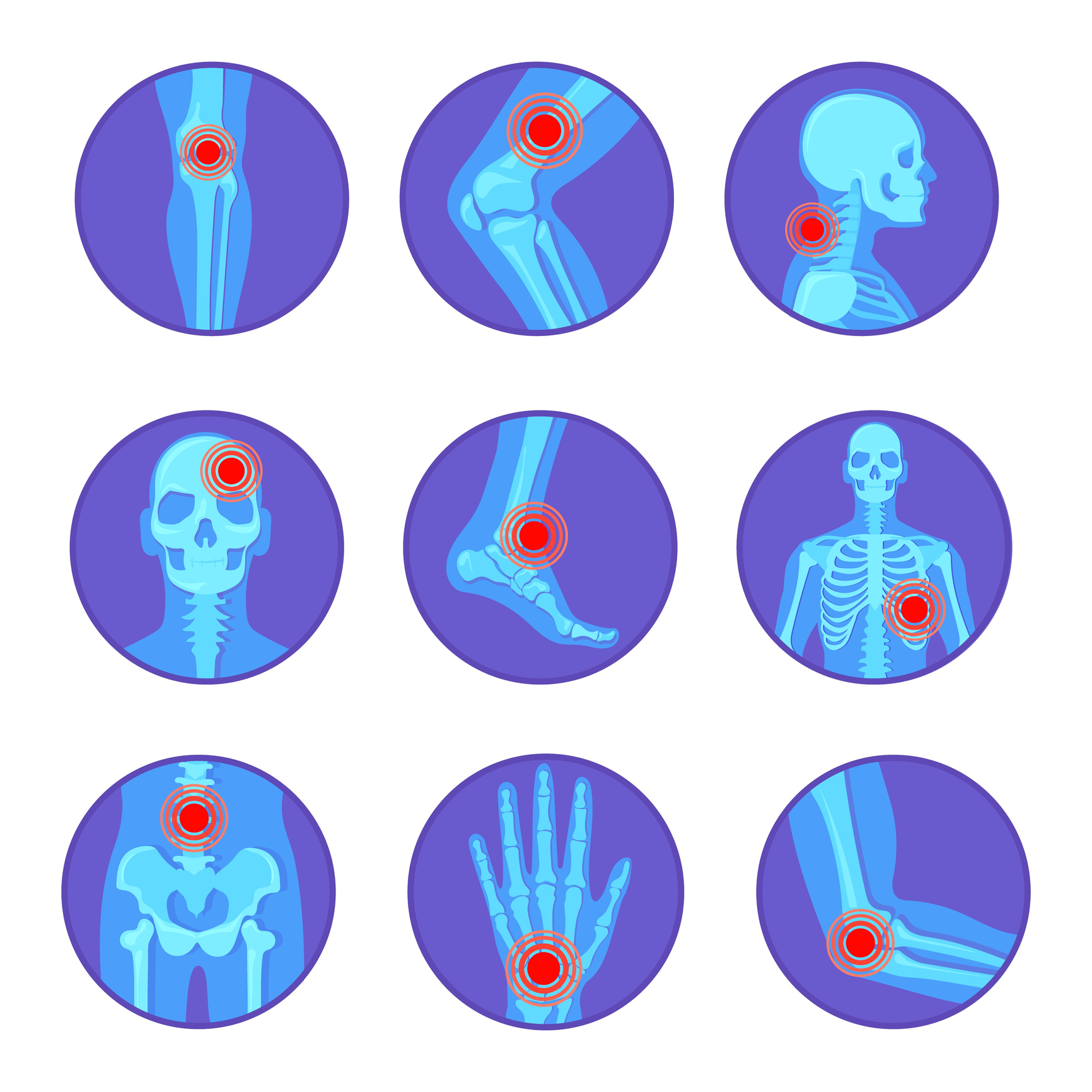
International researchers identified a “disorder that connects seemingly unrelated adult-onset inflammatory syndromes,” with a mutation that seems to occur only in men, they reported.
Called the VEXAS (vacuoles, E1 enzyme, X-linked, auto-inflammatory, somatic) syndrome, the disorder has the common feature of “myeloid lineage-restricted UBA1 somatic mutations…We observed that inflammation in the participants with the VEXAS syndrome is driven by mutant myeloid cells, which outnumber wild-type myeloid cells,” explained Peter C. Grayson, MD, of the National Institute of Arthritis and Musculoskeletal and Skin Diseases, Daniel L. Kastner, MD, PhD, of the National Human Genome Research Institute, both in Bethesda, Maryland, and co-authors, including some in England.
“UBA1 is required for nearly all cellular ubiquin signaling and is essential in model organisms and cultured cells,” they wrote in the New England Journal of Medicine. Identification of UBA1 variants exclusively in the somatic state most likely reflects “the finding that mutations affecting p.Met41 [methionine-41] are lethal when they are germline and that this mutation is compatible with life only when mosaic in specific cell types.”
The study population consisted of 25 men with somatic mutations affecting p.Met41 in UBA1, which is the major E1 enzyme that initiates ubiquitylation, the authors stated. The majority of the men met clinical criteria for an inflammatory syndrome — such as relapsing polychondritis, Sweet’s syndrome, or giant-cell arteritis — or a hematologic condition, such as myelodysplastic syndrome or multiple myeloma.
“The fact that we identified this mutation only in men, all of whom were clinically affected, suggests that the additional allele in women protects against effects of the mutant allele, although it is possible that, owing to skewed X-inactivation, the disease is milder in women,” according to Grayson, Kastner, and co-authors.
In an editorial accompanying the study, Ephrat Levy-Lahad, MD, of Shaare Zedek Medical Center and the Hebrew University of Jerusalem, and Mary-Claire King, PhD, of the University of Washington in Seattle, called the findings “fascinating” and of immediate importance to rheumatologists,” with “far-reaching consequences of general clinical interest.”
Why? Because it bolsters earlier research indicating that “postzygotic somatic mutation may be a more frequent cause of human disease than previously recognized,” they pointed out. Previous research includes a 2019 study on somatic mutations in healthy and cirrhotic human livers and an August 2020 study on somatic mutation in the colon in inflammatory bowel disease.
They also said they agreed “with the authors that the names of disorders should be based on the responsible gene or pathway. Gene-based nosology best complements the discovery and deployment of genotype-targeted treatments for both inherited and non-inherited forms of disease.”
Taken together, current and past studies studies highlight “the role of somatic mutation in adult-onset disease [illustrating] the power of genetics as a way of thinking and the power of genomics as a set of tools,” according to Levy-Lahad and King.
The authors noted that pinpointing the causes of adult-onset systemic inflammatory disease has proven challenging, and somatic mutations “remain a poorly understood contributor to autoinflammatory and rheumatologic diseases.”
Genomic DNA sequencing takes “advantage of shared genetic commonalities, rather than clinical similarities, to overcome the limitations of recognizing discrete phenotypes. Rheumatologic diseases may be well suited to this approach because of their complex and highly variable clinical presentations,” they added.
The authors analyzed peripheral-blood exome sequence data to identify “deleterious mutations in ubiquitin-related genes,” among other genetic and functional analyses. To identify the VEXAS syndrome, they “screened the exomes and genomes of 1477 persons referred because of undiagnosed recurrent fevers, systemic inflammation, or both and 1083 persons affected by atypical, unclassified disorders who were identified through the Undiagnosed Diseases Program.”
The 25 men (median age 64 years at disease onset) with confirmed mutations in UBA1 underwent thorough clinical assessment. They had a host of symptoms, including recurrent fevers (92% of participants), skin involvement (88%), and macrocytic anemia (96%). All of the men had bone marrow vacuoles, and all of them had been treated at some point with glucocorticosteroids.
The authors also conducted functional studies of neutrophils from those with the VEXAS syndrome and compared them with those from age- and sex-matched healthy controls. They found “preserved phagocytic capacity in mutant cells but enhanced spontaneous neutrophil extracellular trap formation, findings that are consistent with dysregulated proinflammatory neutrophil activation.”
Grayson, Kastner, and co-authors reported that 10 of the 25 participants died before the current study, and the authors noted that “hematologic abnormalities in the spectrum of myelodysplastic syndrome develop in older men with relapsing polychondritis, with an increased risk of death.”
“Given the increased mortality among patients with the VEXAS syndrome, efforts to identify effective treatment strategies that target the clonal somatic process, such as bone marrow transplantation or gene-editing therapies, should be considered,” they stated.
-
Researchers defined and named the VEXAS syndrome, an adult-onset inflammatory disorder that unites multiple clinical conditions that previously had different diagnoses or no diagnosis at all.
-
The myeloid lineage-restricted UBA1 somatic mutations were exclusive to men in the study population who met clinical criteria for an inflammatory syndrome or a hematologic condition.
Shalmali Pal, Contributing Writer, BreakingMED™
The study was supported by multiple NIH Intramural Research Programs, including the the National, Heart, Lung, and Blood Institute, the National Institute of Dental and Craniofacial Research, and the Undiagnosed Diseases Program of the Common Fund of the Office of the Director of the NIH, as well as the NIH Clinical Center.
Kastner reported non-financial support from Regeneron Genetics Center during the conduct of the study; Coauthors Grayson, Kastner, Beck, Calvo, Ombrello, and Werner reported a patent Diagnosis and Treatment of VEXAS, with Mosaic Missense Mutations in UBA1 (U.S. Patent Application No. 63/059,107) pending.
Levy-Lahad and King had no relationships to disclose.
Cat ID: 158
Topic ID: 90,158,935,192,158,68,925


